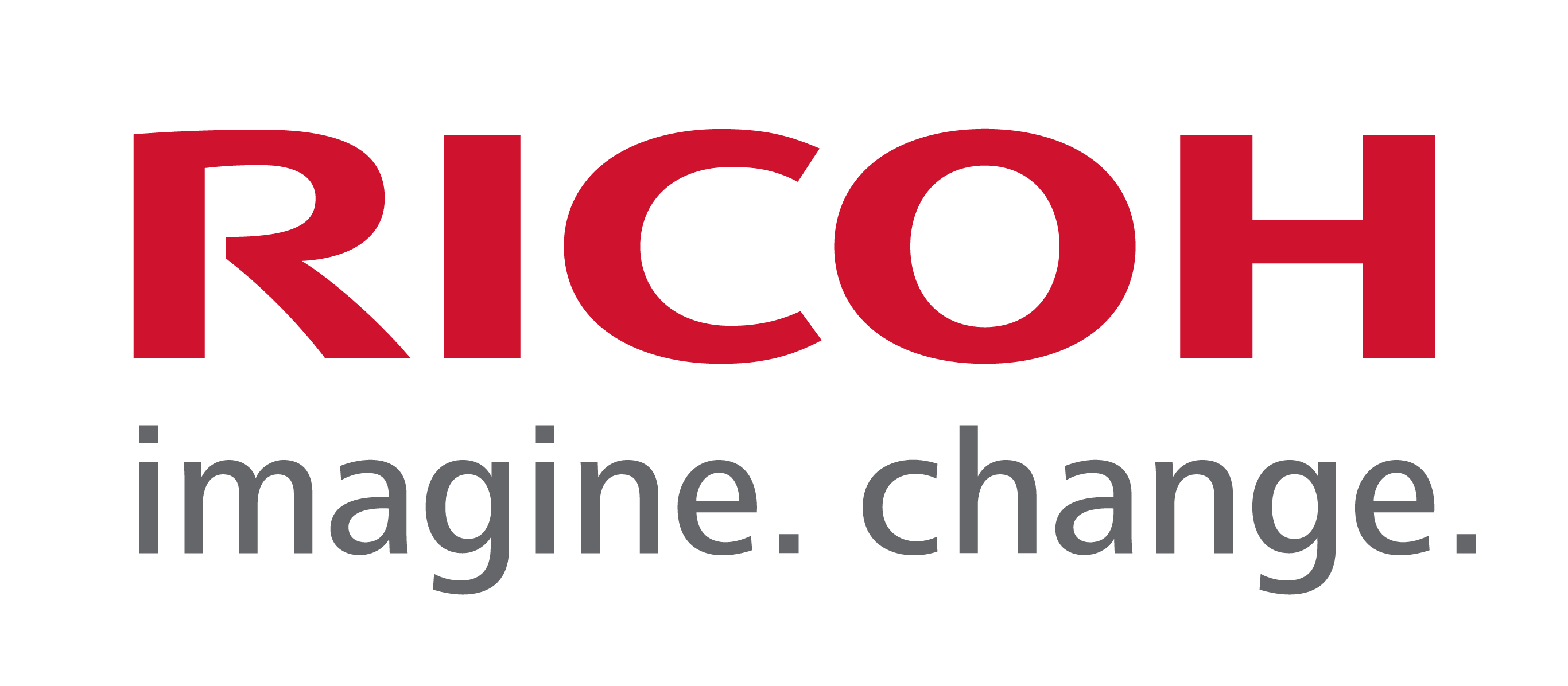Essential Tips for Keeping Your RICOH Ri 1000 in Top Shape
As part of our commitment to your success, we want to make sure that you are getting optimal performance from your RICOH Ri 1000 while also minimizing any issues that easily can be prevented by following a few simple tips:
- Always leave your printer on to allow the machine’s automated maintenance sequences to run. This is necessary to keep the printer in optimal condition and avoid potential damage that can be prevented easily. If it is necessary to power down the machine for over 12 hours, be sure to fill your printer with cleaning fluid. Refer to Section 8.3 of your User Manual for more information.
- Always shake new white ink cartridges thoroughly before installing them in your printer. Adequately shaking your new white ink cartridges helps ensure that your prints will come out bright and vibrant. Refer to the User Manual, page 18, for more information.
- Perform a nozzle check daily, so you can spot and quickly address potential issues with the printer.
- Make sure your ink is at 5% or above when you are done printing for the day or plan on leaving your printer idle for a few hours. While you can continue to print using cartridges with less than 5% remaining, the machine’s vital automated maintenance sequences require at least 5% or above in order to complete. If you do not have replacement ink available, you can fill your printer with cleaning fluid. Refer to Section 8.3 of your User Manual.
- Clean encoder strip weekly or every 30 prints to help avoid blurry prints, double prints, and error codes. Refer to Section 8.2 of your User Manual or watch the Ricoh DTG University: Ri 1000 Weekly Maintenance Video.
- Make sure the obstacle sensor is on. If the sensor is off, head strikes may occur and cause damage to the carriage. To check if your obstacle sensor is enabled, navigate to the OPTIONS panel. The sensor is on when the blue light is illuminated on the OBSTACLE SENSOR button.
- Set the table height correctly — just below the obstruction sensor. If the table is too low, the extra space may cause misting and printer damage. If the garment is dressed on the platen, the number on the table height adjuster should be between 0-2. If not dressing the garment, the number value should be no more than 4. Refer to Section 2.2 of your User Manual.
- Exercise care when adjusting table height or changing platens. While ruggedly constructed, the RICOH Ri 1000 is a precision tool and care should be taken when making adjustments to the machine. Do NOT over-tighten the table-height-adjustment knob past “0” and carefully install platen without banging it against the print table.
- Stay updated! Visit the Downloads page to access important updates to your firmware, User Manual, and RIP software.
BONUS TIP: Contact our Technical Support team when you have questions or concerns about your machine. We’re here to help! Technical Support can be reached at
877-646-0999

or by email at tech1@ricohdtg.com.
